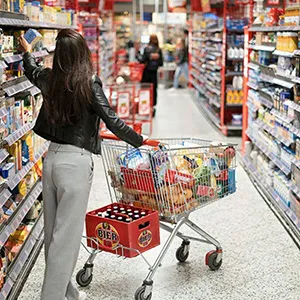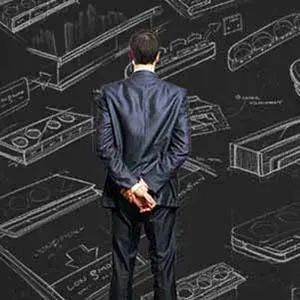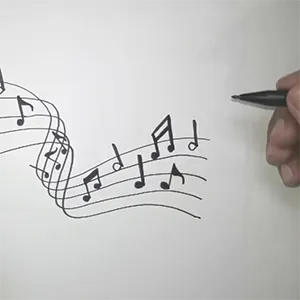Word of the day: The Butt-Brush Effect
400 words
#shopperbehavior #retailpsychology #storedesign
Dec 2025 — bh

It’s December — Christmas lights sparkle across city centers, Mariah Carey is on repeat in crowded stores, where you can barely move. You either love it or hate it. One thing’s for sure: during the holiday season, personal space in shopping centers basically doesn’t exist.
And then there’s that awkward moment when someone brushes past you from behind while you’re examining something on the shelf — and suddenly, you just want to get out of there.
That's not just the rat race of Christmas shopping. It’s what retail expert Paco Underhill called the butt-brush moment. After years of studying shopping behavior, Underhill discovered that the moment customers feel their personal space is invaded, they’re likely to walk away — even if they’re interested in what’s on offer.
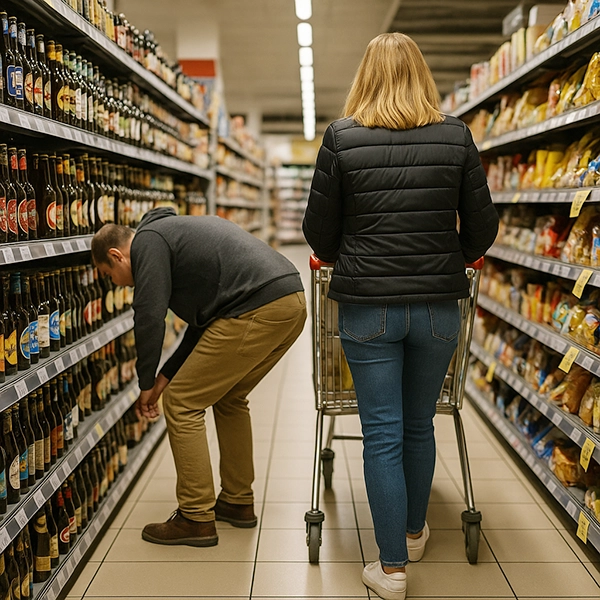
That’s one reason why product placement is so important. Items placed below arm’s reach tend to sell less — partly because bending down in a public space makes customers feel uncomfortable.
But Underhill’s concerns about the butt-brush go beyond shelf layout. Retailers aim to create environments where people genuinely want to be. When the space feels comfortable, shoppers stay longer; when it doesn’t, they leave quickly. That’s why finding the right balance between space for products and space for customers makes all the difference.
Some studies suggest that roughly 40% of floor space should be dedicated to products, while 60% should remain open for customers (link). This balance creates wider, more comfortable aisles where people feel at ease — and therefore spend more time shopping. Still, in retail, it’s always tricky to extrapolate such ratios to every situation or store format — what works in one might not apply in another.
“How shoppers move through stores follows natural patterns — driven by primal instincts." — Herb Sorensen, shopper scientist
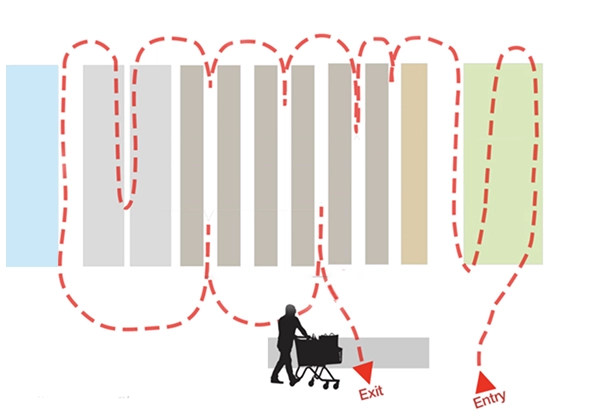
Also, smart store designers intentionally create open spaces. Shoppers are instinctively drawn to zones where they can see ahead, move freely, and avoid getting too close to others.
That’s why the most commonly used route in a store is the outer loop — the so-called “racetrack.” From there, customers can glance down each aisle and wander in and out as they please.
The shelves at the ends of aisles — known as “endcaps” or “gondola ends” — are therefore prime retail real estate. More people pass by them, which means greater visibility — and more sales.
Related article > The Endcap or Shelf End Display: The Headliner in Every Store



